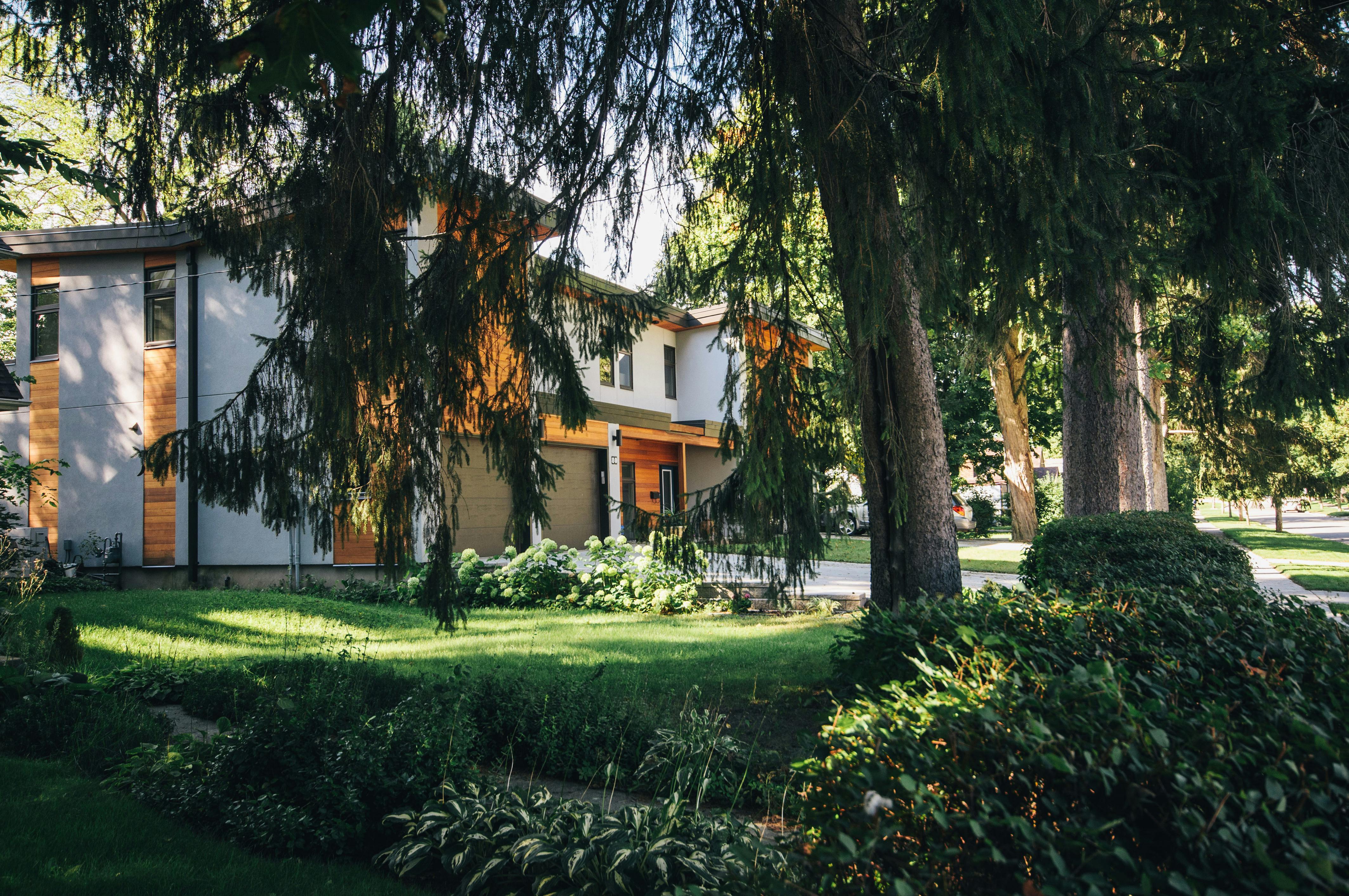Looking to invest in commercial real estate, but don’t know what type of property to consider? Here’s a comprehensive guide on the five most common types of commercial property.
1) Multifamily (Apartment Buildings) – Multifamily refers to apartment buildings of all sizes. It is classified into garden apartments, walk-up apartments, mid-rise apartments, high-rise apartments, and special-purpose housing.
Garden apartments are low-rise apartments, typically less than 3 stories, built in a garden-like setting. Walk-up apartments are 4-6 floor apartments without a lift. Mid-rise apartments are 4-8 floor apartments with elevator. The skyscrapers are more than 9 stories with at least one elevator. Special purpose housing is a multi-family property that targets a segment of the population, including student housing, senior housing, subsidized housing, etc.
Advantages of multi-family properties:
• Easy access with smaller properties and slow transition to larger properties
• Fiscal benefits
• Use current rents for financing
Cons of multi-family properties:
• Management of tenants 24 hours a day, 7 days a week
• Pro-tenant legislation
• Rent control
two) Industrial – Industrial is typically used to produce, manufacture, or store products. Includes warehouses, garages, distribution centers, etc. It is often divided into heavy manufacturing, light assembly, flexible warehouse, and bulk warehouse, based on the size and use of the property.
Heavy manufacturing often uses a lot of machinery and typically requires a substantial amount of renovation before renting to another tenant. Light assembly includes storage, product assembly, and office space, which is easier to reconfigure than heavy manufacturing. Flexible warehouse typically includes industrial and office space, making it an easily convertible space. Bulk warehouses are massive properties, typically 50,000 to 1,000,000 square feet of space, typically used for regional product distribution.
Pros of Industrial Properties:
• Deal with a single tenant
• Long-term and stable leases
• Relatively small initial investments
Cons of Industrial Properties:
• Specialization of the area, which makes it difficult to find new occupants
• Significant and extensive reconfiguration expenses
• Higher tax rates, depending on the area
3) Office buildings – This category includes single-tenant properties, small professional office buildings, downtown high-rises, and everything in between.
The office buildings are from the Central Business District (CBD), which is in the middle of a city, or suburban office buildings. There are three categories: Class A, Class B, or Class C, which is determined by the quality of the construction and the convenience of the office location.
Advantages of office buildings:
• Less turnover
• Longer lease terms
Cons of office buildings:
• Less frequent to raise rents
• Emphasis on parking
• Expensive financing options
4) Retail/Restaurant – Retail includes shopping malls, community retail centers, energy centers, regional shopping centers, and parcels.
Strip centers are small commercial properties that may have a primary tenant, who is a larger, more well-known tenant that will attract smaller retail tenants. Community retail centers are between 150,000 and 350,000 square feet with multiple anchors, typically grocery stores and pharmacies. The energy centers have several smaller retail stores with some retail stores like Wal-Mart, Lowes, Staples, Best Buy, etc. occupying between 30,000 and 200,000 square feet, containing various parcels. Regional shopping centers are between 400,000 and 2,000,000 square feet with many anchor tenants. Our parcel is land reserved for individual tenants, such as fast food restaurants or banks.
Advantages of commercial properties/restaurants:
• Security and profitability of an Absolute Triple Net (NNN) lease
• Less turnover
• Less tenant management
Cons of commercial properties/restaurants:
• Less frequent to raise rents
• Depends on the renter’s performance
• Location and foot traffic are extremely important.
• Emphasis on parking
• visual maintenance
5) Land – Earth is pretty self explanatory. It is often classified as Greenfield soil, fill soil, and Brownfield soil.
Greenfield land is undeveloped land, such as farms and pastures. Infill land is vacant land located in cities that have already developed. Vacant land is typically environmentally degraded land that was previously used for other industrial or commercial uses. The land is available for reuse.
Land Pros:
• Fiscal benefits
• Less expensive
• More rental possibilities (depends on location)
Earth Cons:
• No immediate income from tenants
• Few financing options
• Requires development from scratch
The above are the most common types of commercial property types. There are several others that have not been discussed above such as hotels, funeral homes, nursing homes, theaters, etc. that are special purpose type properties.



